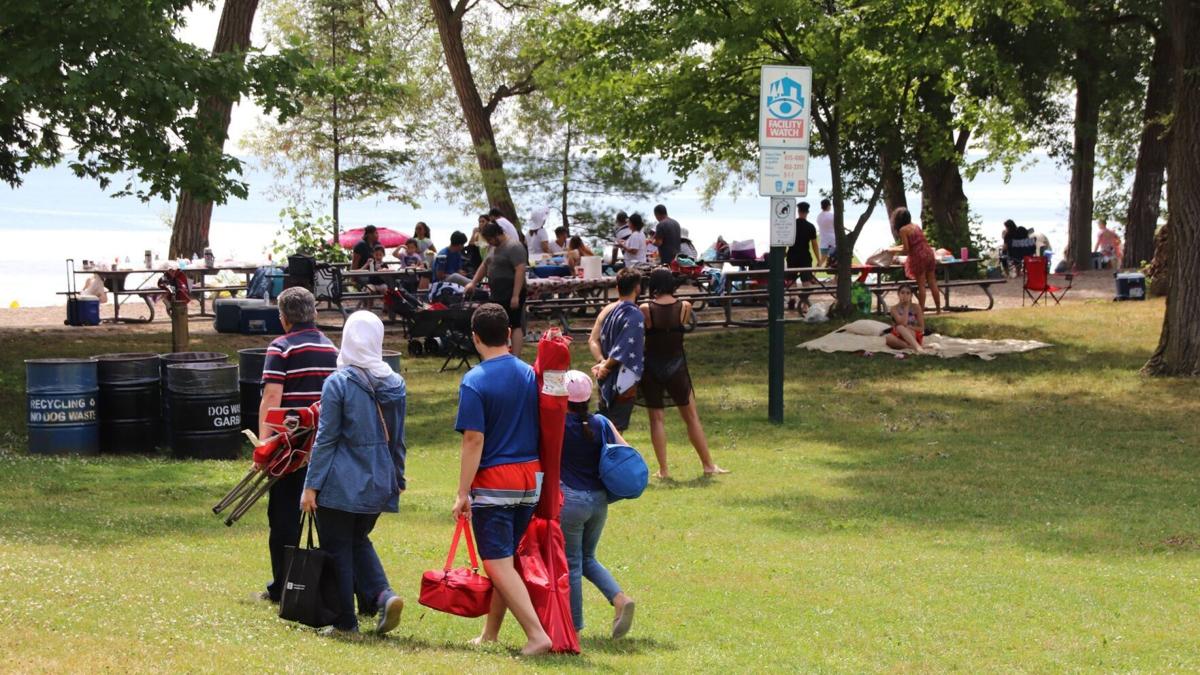Mississauga city officials have approved a significant hike in parking fines and voted to reinstate higher penalties in the waterfront area, reversing an earlier decision that had removed the lakefront penalty zone.
City council had initially voted on February 5 to increase parking ticket fines by an average of 55% across the city while also eliminating the lakefront penalty zone, which had been introduced in 2021 to combat overcrowding in waterfront neighborhoods during the COVID-19 pandemic. However, at a February 12 meeting, councillors reaffirmed the citywide fine hikes and unanimously reinstated the waterfront penalty zone, raising most fines in that area from $100 to $150.
Councillor Stephen Dasko, who represents part of the waterfront zone, acknowledged confusion in the earlier vote, stating, “This provided the clarity that I believe it needed.” Councillor Alvin Tedjo also admitted to misinterpreting the previous vote but noted that it was always expected to return for confirmation.
The western portion of the waterfront penalty zone has now been expanded to include areas between Winston Churchill Boulevard and Mississauga’s boundary south of Lakeshore Road.
Beyond the lakefront, some of the largest citywide fine increases include:
- Parking or stopping in a bike lane, which will now cost $130, up from $55.
- Exceeding the five-hour parking limit, which increases from $35 to $60.
A city staff report from January 17 found that Mississauga’s parking fines were $25 lower on average than those in Toronto, Brampton, and other neighboring municipalities and were failing to deter parking violations.
The increased fines are expected to generate an estimated $7 million in additional revenue for the city.
- Citywide fine increases: April 1, 2025
- Waterfront penalty zone fines: May 1 – September 30, 2025
With these changes, Mississauga aims to improve parking enforcement and reduce violations, particularly in high-traffic waterfront areas during peak months.

